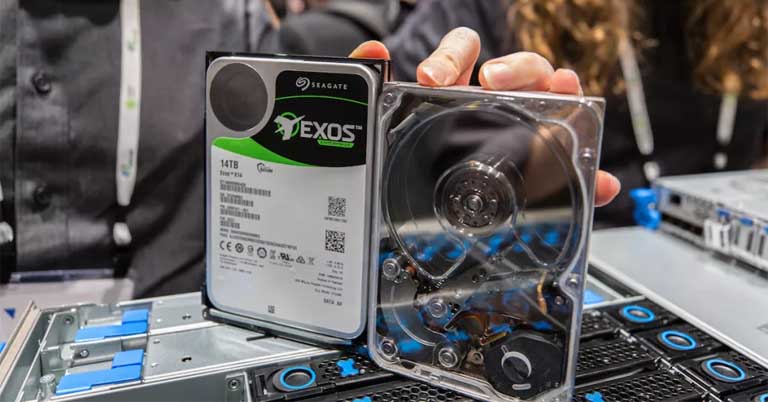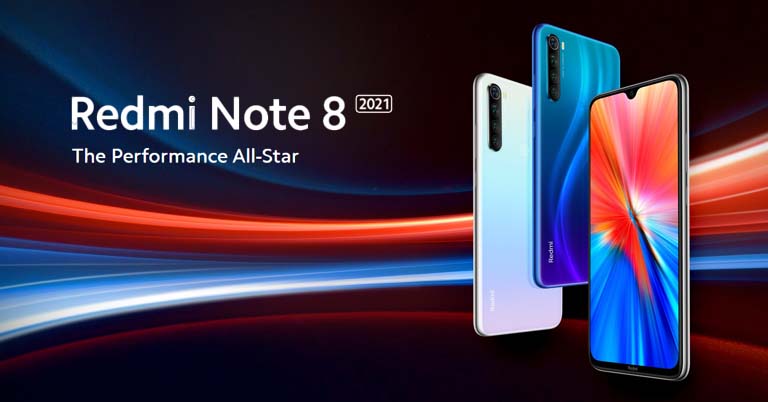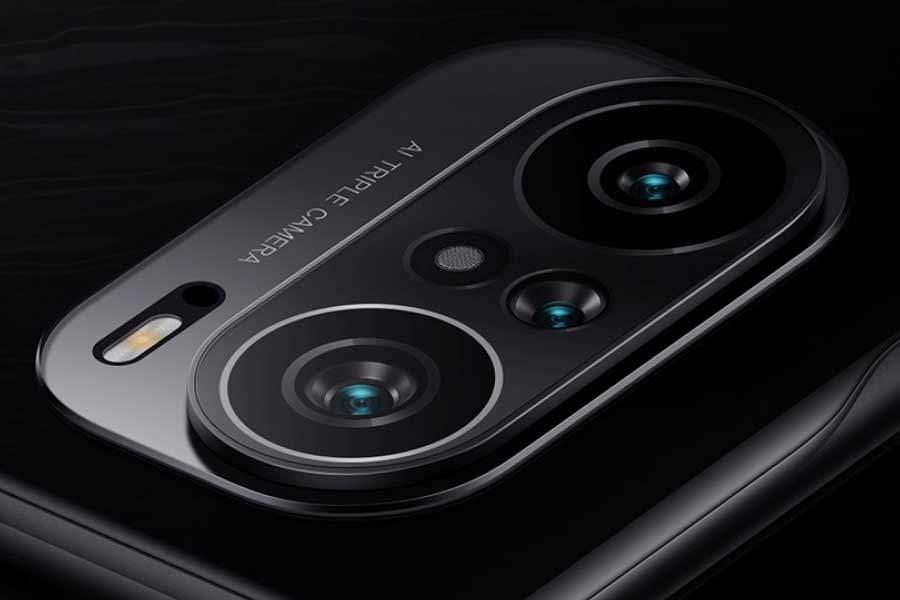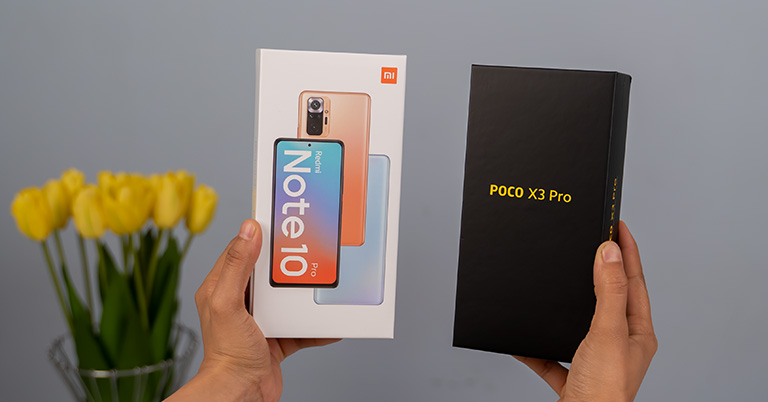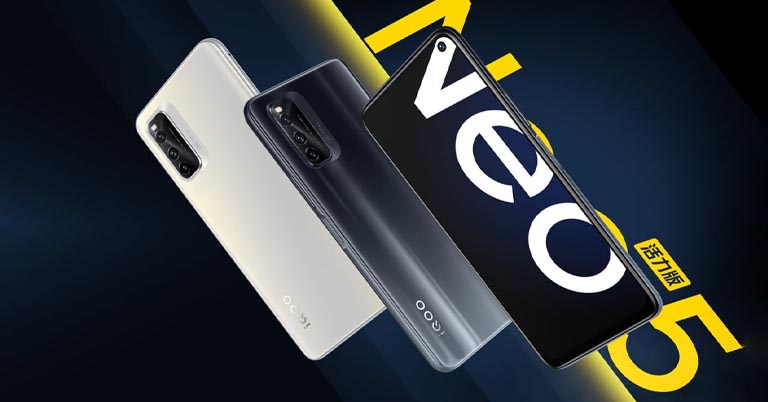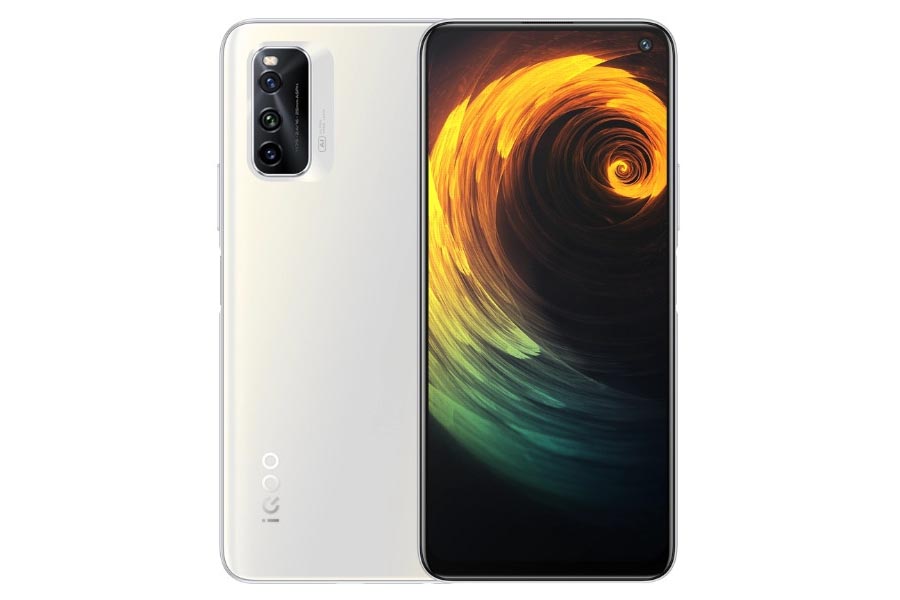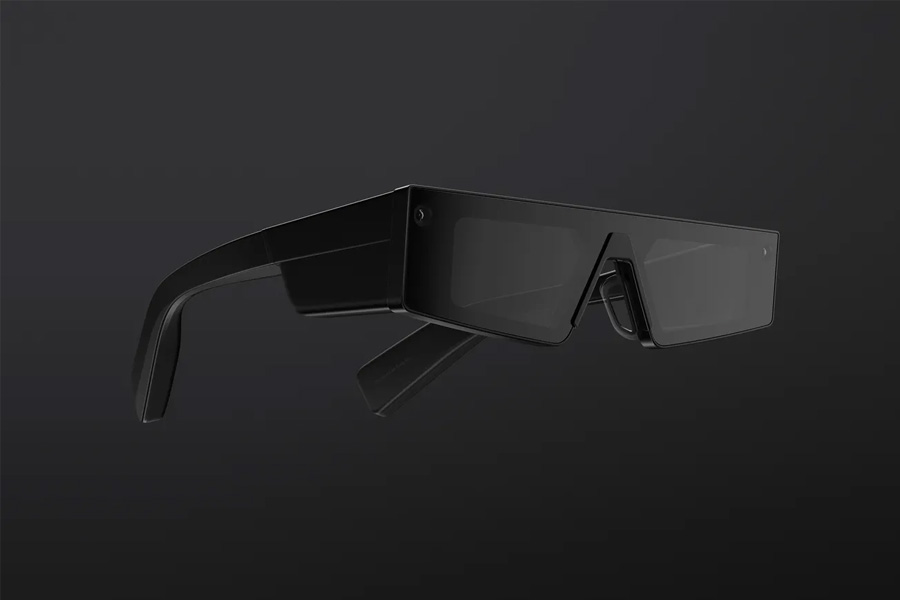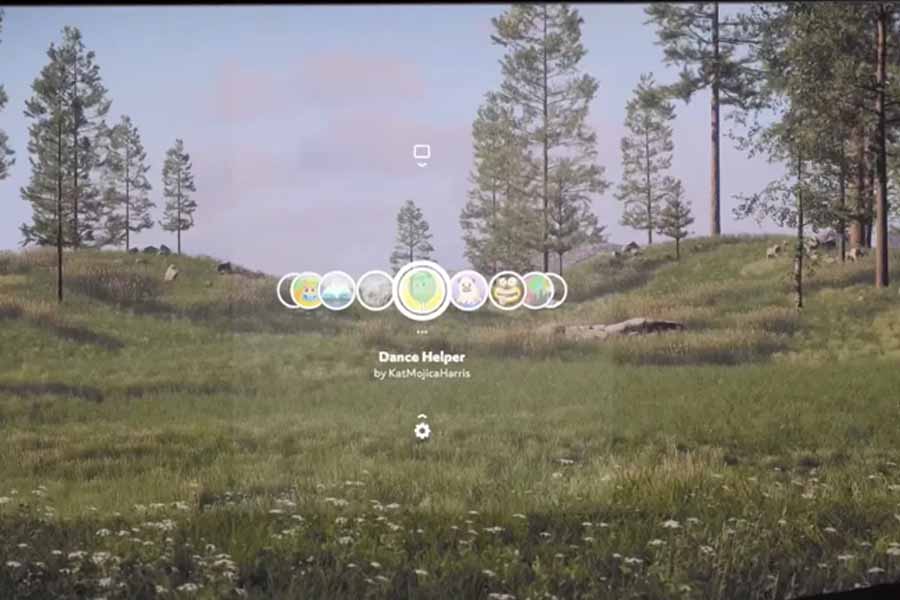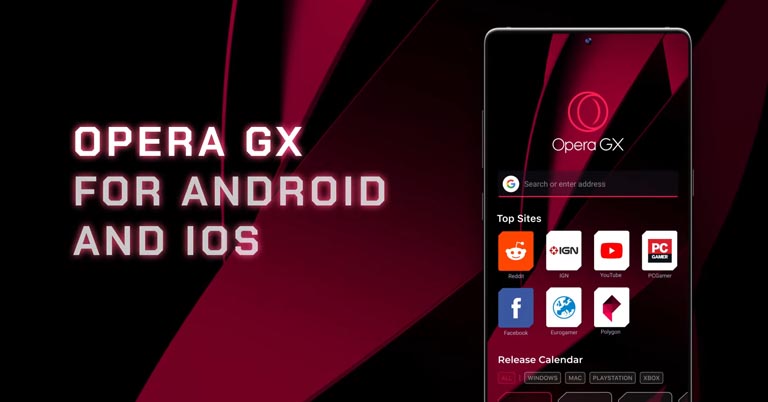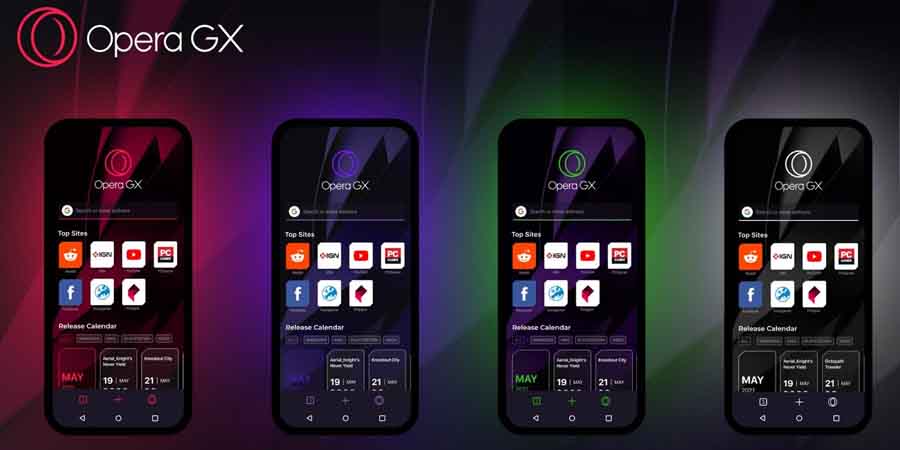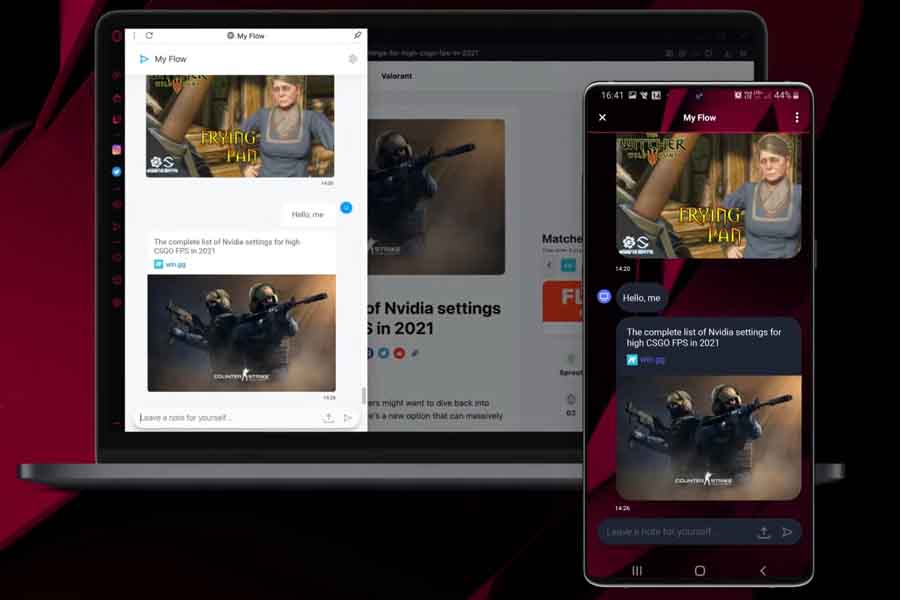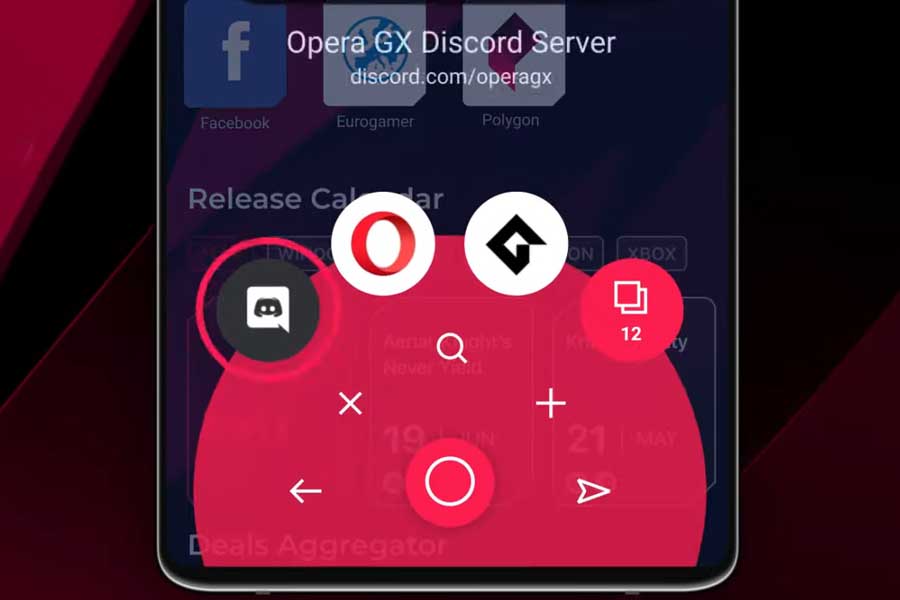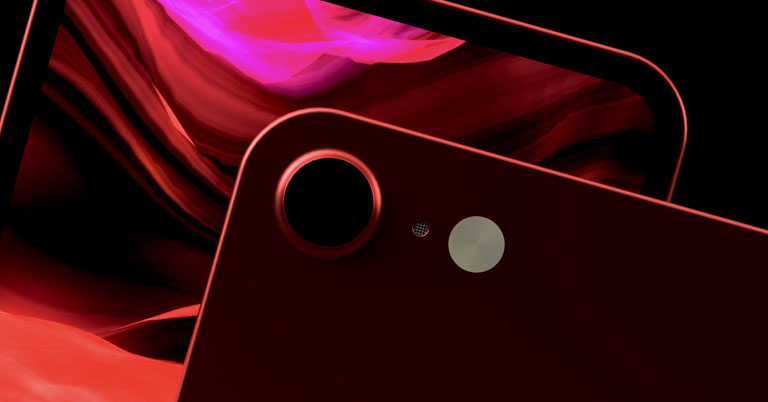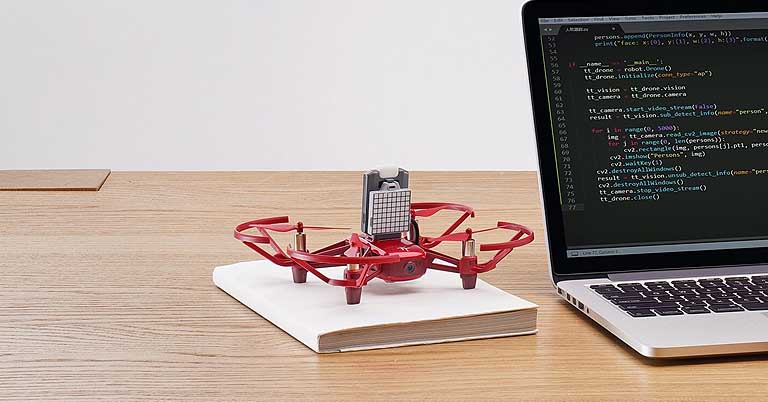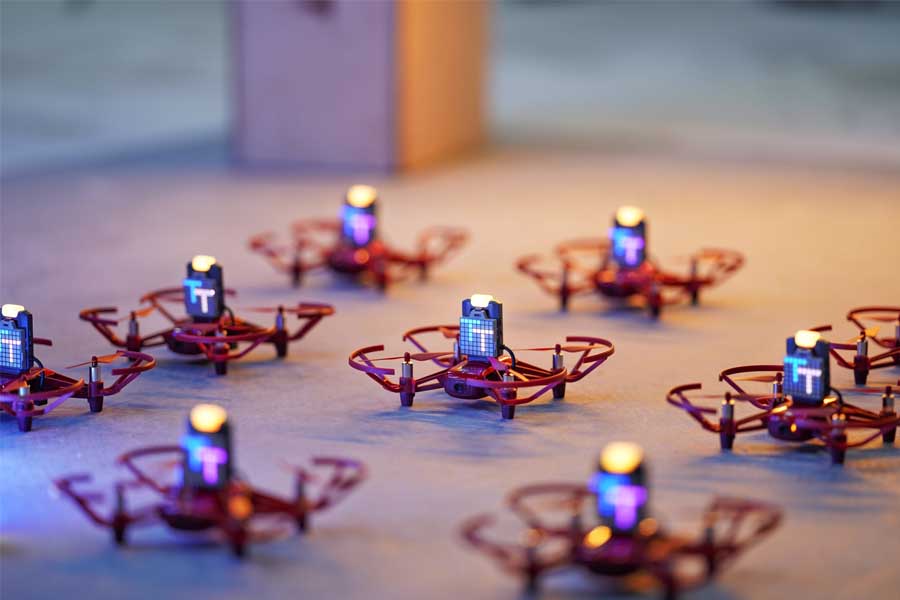For several years, Seagate has been working on dual-actuator hard drives. The Mach.2 Exos 2X14 is the company’s first dual-actuator hard disk drive (HDD). Although SSDs are getting cheaper and gaining more market share, HDDs are still quite popular and used in data centers because they can store large amounts of data at affordable prices. And Seagate plans to push the envelope even further with the world’s fastest hard drive, the Mach.2 Exos 2X14.
Seagate Mach.2 Exos 2X14 Overview:
In this instance, dual-actuator technology provides disk drives with two reads/write head actuators with dedicated channels, contrary to one on a traditional hard drive. As both actuators pass I/Os at the same time, the drive’s output speed is nearly doubled.
Increased speed
According to the company, the max sustained transfer rate of Mach.2 is up to 524MB/s, which is faster than the Exos 15E900 and faster than any other HDD in the world. With this speed, it is approaching the territory of SATA-based SSDs.
In terms of I/O performance, it gained 304 Input/Output operations per second (IOPS) for reading, 384 IOPS for write operations, with just 4.16 ms average latency. Contrary to this, traditional HDDs have around 100/150 IOPS and the same average latency.
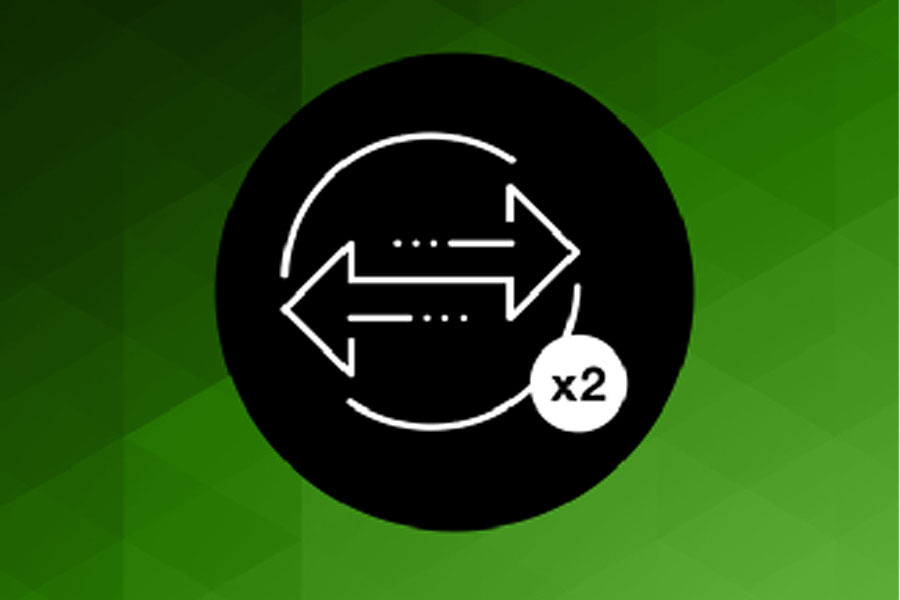
- Also Read:
Storage
Likewise, Seagate Mach.2 Exos 2X14 has 14TB of storage, which is basically two 7TB HDDs fused together in a “hermetically sealed helium-filled 3.5-inch chassis”. It has a spindle speed of 7200 RPM, a 256MB multisegmented cache, and a single-port SAS (Serial Attached SCSI) 12GB/s interface. When connected to a server, Mach.2 is listed as two logical drives that can be managed independently.
Higher power consumption
On the other hand, Exos 2X14 takes relatively more power to operate. In idle mode, it consumes 7.2W which goes up to 13.5W under heavy load. To compare, the standard level of power consumed by 3.5-inch HDDs is 12W. But if businesses want to use Mach.2 in low power, then they can use Seagate’s PowerBalance capability. However, this does come at a sacrifice to read and write speeds.
Seagate Mach.2 Exos 2X14 Availability
While Mach.2 is listed on Seagate’s website already, it is only available to a limited number of buyers. And the odds of finding them on the open market aren’t great either. Rather, we might see dual-actuator Seagate hard drives in other products pretty soon.
- Meanwhile, check out our top 6 picks for the best smartwatches.


